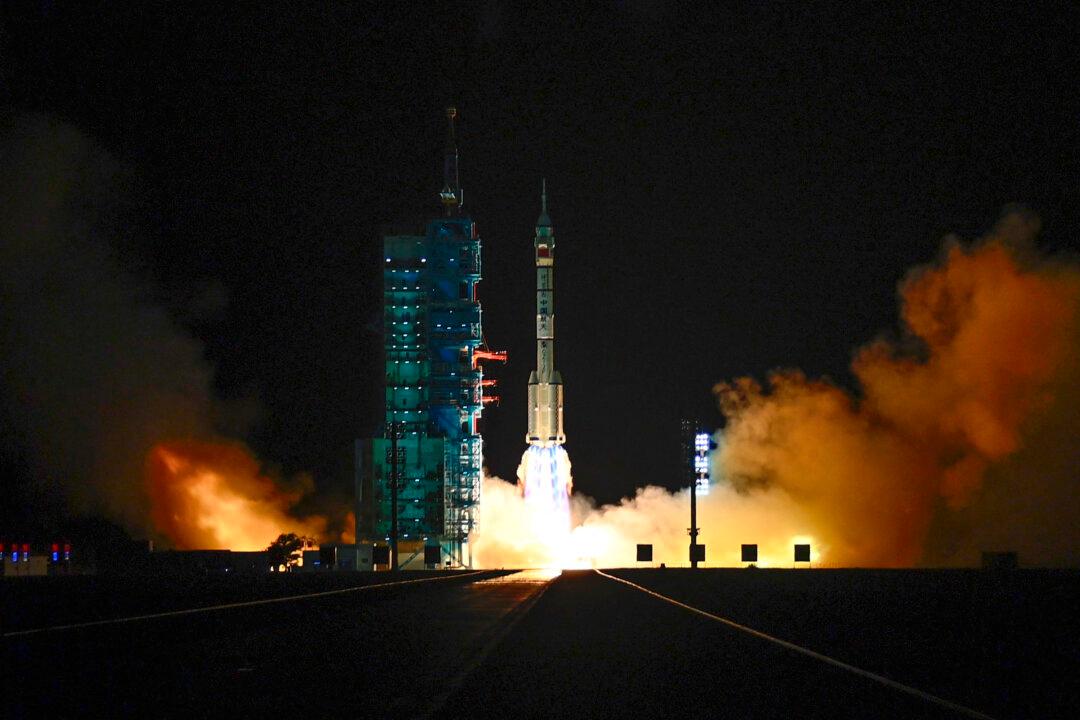China’s Purchasing Managers’ Index (PMI), or factory activity, fell below the 50th percentile benchmark last month, signaling a contraction in the manufacturing sector. One China market observer pointed out that Beijing’s efforts to stimulate the economy through manufacturing are beginning to fail.
Several provinces and China’s four municipalities released fiscal revenue data for the January–April period. The majority are operating in the red, highlighting the country’s widespread economic challenges.
In addition, the cost of daily necessities in China has continued to rise, exacerbating financial challenges faced by the low-income population and leading to widespread public dissatisfaction and frustration toward Beijing.
PMI Data
The National Bureau of Statistics (NBS) released the PMI data on May 31. The PMI was 49.5 percent in May, down 0.9 percentage points from the previous month.Large companies reported a PMI of 50.7 percent, an increase of 0.4 percentage points over the previous year. However, small and medium-sized companies experienced declines, with PMIs of 46.7 percent and 49.4 percent, down 1.3 and 3.6 percentage points, respectively, year-on-year.
The PMI data, which include responses from 3,200 manufacturing companies, were derived from factors such as orders, production, and employment. A PMI reading above 50 indicates expansion, while below 50 indicates contraction.
Since May 2023, the PMI has only exceeded the expansion threshold of 50 in September 2023 (50.2), March 2024 (50.8), and April 2024 (50.4). Market analysts initially saw March and April as the start of an economic recovery in China.
Local Government Deficits
According to the April data on fiscal revenues and expenditures released by the Ministry of Finance on May 20, the nation’s general public budget revenues from January to April amounted to 8,092.6 billion yuan (about $1.11 trillion), a year-on-year decrease of 2.7 percent. During the same period, the national general public budget expenditure totaled 8,948.3 billion yuan (about $1.2 trillion), resulting in a deficit of 855.7 billion yuan (about $118 billion).Among local government revenues, income from the transfer of state-owned land use rights, which used to be the main source of revenue for local governments, amounted to 1,053.6 billion yuan (about $145 billion), down 10.4 percent year-on-year.
These figures indicate a downward trend in overall government revenue for the January–April period.
In the first four months of 2024, many provinces and three municipalities reported a red balance sheet.
For example, Beijing reported revenues of 250.2 billion yuan (about $34.5 billion) and expenditures of 327 billion yuan (about $45.1 billion), resulting in a self-sufficiency rate of 76.54 percent.
A local government’s self-sufficiency rate refers to the percentage of its budget funded by its own revenue sources, such as local taxes and fees, without relying on funds from the central government. It indicates how much of the local government’s operations are financially supported by the money it generates.
Zhejiang, Jiangsu, Guangdong, and Shandong are traditionally among the country’s top-performing economic provinces. However, they all reported self-sufficiency rates below 100 percent, which means they cannot sustain themselves independently.
Among the relatively underdeveloped provinces, Qinghai reported a self-sufficiency rate as low as 17.39 percent, and Gansu reported 22.62 percent.
Global Trade
According to the import and export data for April, released by the General Administration of Customs on May 9, several countries and regions saw a decline in trade with China from January to April. Trade with the European Union was down 5 percent; Germany was down 8.2 percent; the Netherlands was down 12.3 percent; and France was down 4.2 percent. Trade with the United States was down 2.3 percent; the Philippines was down 10.3 percent; Japan was down 6.4 percent; and Australia was down 5 percent.China’s largest and most important trading partners are the United States, Japan, the European Union, and Australia. These countries have recently called out China’s overcapacity and dumping practices and taken steps to contain the Chinese Communist Party’s expanding geopolitical influence.
China’s trade with the United States, which remains its largest trading partner, has declined significantly due to increased U.S. tariffs on some Chinese products and restrictions on high-tech items such as semiconductors.
Mr. Xie said that the traditional drivers of China’s economy—exports, consumption, and investment—have stalled, resulting in excess productivity. Meanwhile, Europe and the United States thwarted the new productivity drivers—electric vehicles, solar batteries, and lithium-ion batteries—before they could gain momentum.







